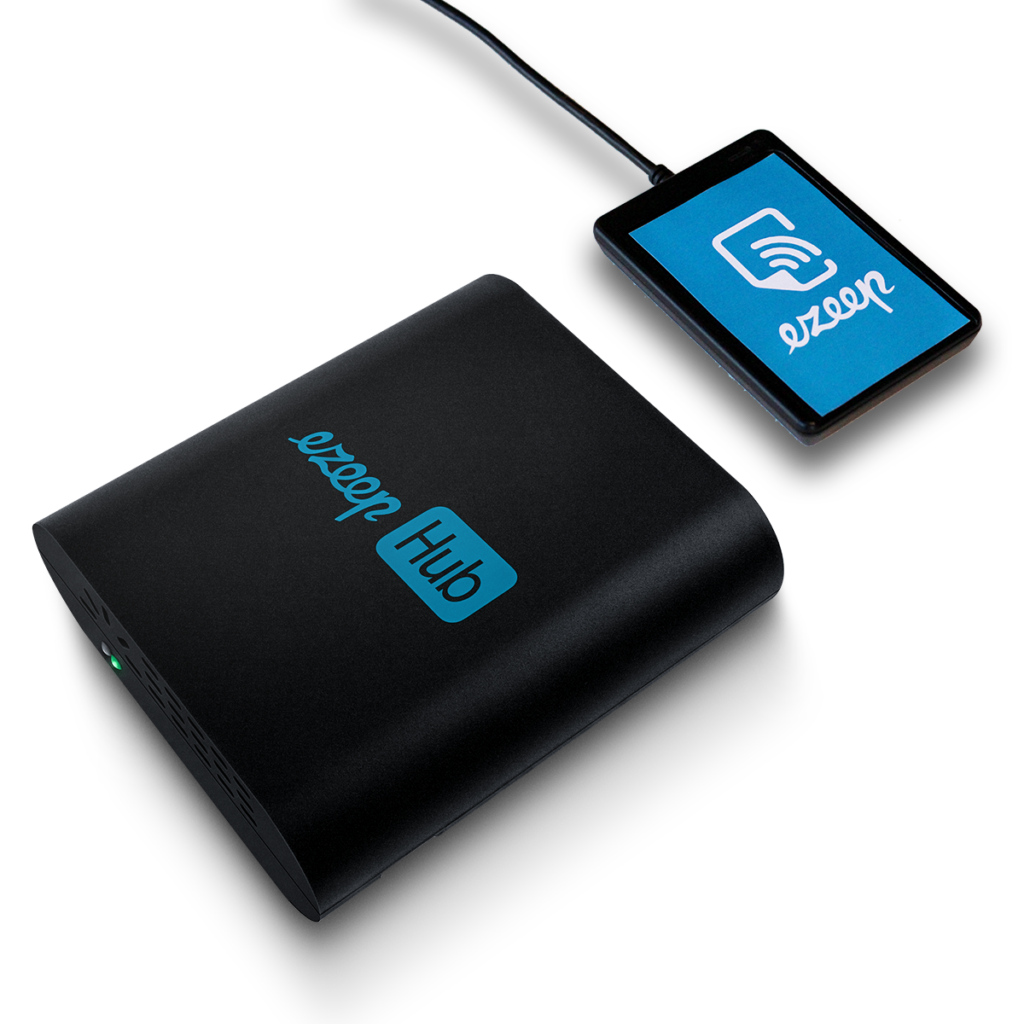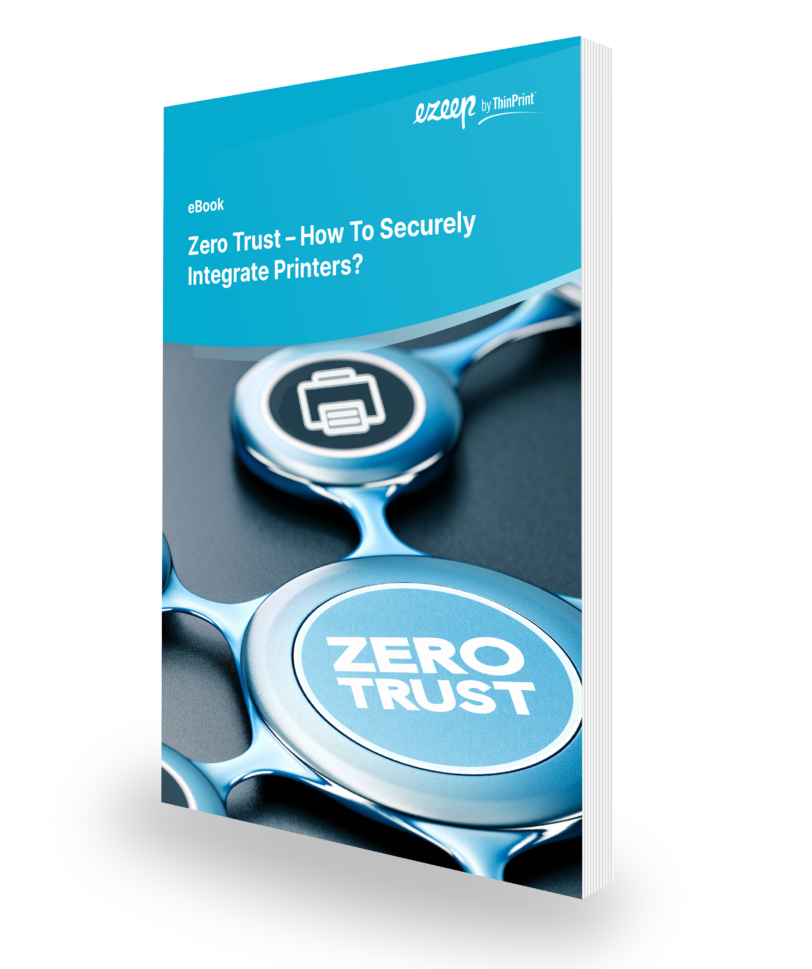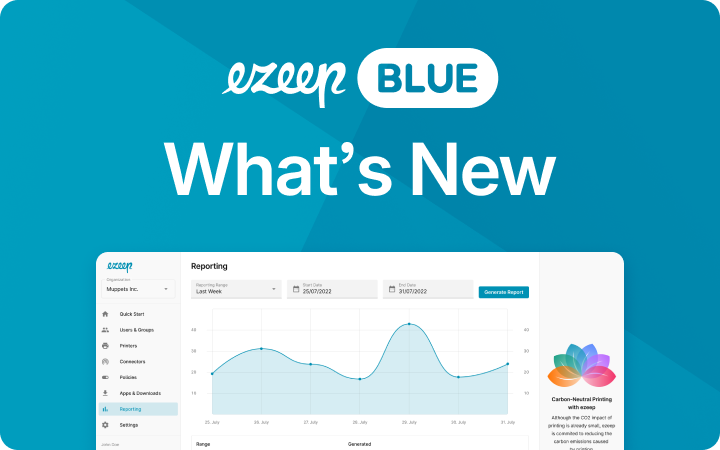Azure Virtual Desktop with Zero Trust: Enhancing Security and Compliance

Azure Virtual Desktop (AVD) is a cloud-based desktop and application virtualization service that provides a secure and scalable environment for businesses to run their operations. However, with increasing cyber threats, business need to ensure that their AVD environments are secure and that sensitive information remains protected from cyber threats and data breaches.
As a result, the prevalence of Zero Trust security principles has increased in companies worldwide. Zero Trust is a security concept that assumes no trust of users, devices, or services until proven otherwise. It aims to mitigate risk by constantly verifying and validating identities, devices, and data access. Applying Zero Trust principles to AVD can help prevent unauthorized access to data and resources, ensuring the security and compliance of the deployment.
How To Set Up a Zero Trust Environment for Azure Virtual Desktop:
This guide offers a detailed, step-by-step approach to setting up a Zero Trust environment for Azure Virtual Desktop. It draws upon the recommended and verified information available in the Microsoft Knowledge Base, which is an authoritative source for information about Microsoft products and services. By following the steps outlined in this guide, you can ensure that only authenticated and authorized users and devices will be able to access resources within your Azure Virtual Desktop environment, thereby enhancing the overall security of your organization.
Step 1: Secure Your Identities with Zero Trust
AVD supports various types of identities, such as Microsoft Entra ID (Entra ID), Active Directory Domain Services (AD DS), and hybrid identities. It’s crucial to apply Zero Trust principles to these identities to ensure that only authorized users can access the AVD environment. Creating a dedicated user account with least privileges to join session hosts to Azure AD or AD DS during session host deployment is recommended.
Step 2: Secure Your Endpoints with Zero Trust
Endpoints, such as devices and virtual machines, are the entry points for users to access the AVD environment. It’s recommended to apply Zero Trust principles to these endpoints by using Microsoft Defender for Endpoint and Microsoft Endpoint Manager to enforce security policies and uphold compliance requirements.
Step 3: Azure Virtual Desktop Storage Resources
AVD stores data at rest, in transit, and in use. It’s essential to implement Zero Trust principles to the storage resources used in AVD deployment to secure the data, verify users, and control access with the least privileges. Implementing private endpoints for storage accounts and logically separating critical data with network controls can further enhance security.
Step 4: Hub and Spoke Azure Virtual Desktop VNets
A hub and spoke architecture in AVD provides central connectivity for multiple-spoke virtual networks. Implementing Zero Trust principles to these VNets can help filter outbound traffic from session hosts and isolate different host pools on separate VNets using NSG.

Step 5: Azure Virtual Desktop Session Hosts
Session hosts are virtual machines that run inside a spoke VNet. It’s crucial to apply Zero Trust principles to these virtual machines by creating separated organizational units (OUs) if managed by group policies on AD DS and using Microsoft Defender for Endpoint for VDI devices.
Step 6: Deploy Security, Governance, and Compliance to Azure Virtual Desktop
AVD has built-in advanced security features, but businesses can improve their security defenses by implementing AVD security best practices, Azure security baseline, and adhering to key design considerations and recommendations for security, governance, and compliance in Azure Virtual Desktop landing zones.
Step 7: Deploy Secure Management and Monitoring to Azure Virtual Desktop
Management and continuous monitoring are crucial to ensure that the AVD environment is not engaging in malicious behavior. Azure Virtual Desktop Insights can help businesses log data and report diagnostic and usage data, while Microsoft Intune and RDP Properties can help manage and set granular policies for AVD.
Step 8: Zero Trust Printing with ezeep and the ezeep Hub
In addition to the above steps, businesses should enhance their AVD security by applying Zero Trust principles to their printing infrastructure.

As with all other endpoints, access to printers must be authorized and checked. In this special case, a dedicated printing solution, like ezeep Blue, can help. With a small hardware appliance, called the ezeep Hub, ezeep establishes a secure connection between the cloud and the printers over the Azure IOT service. Permanent authorization and authentication is in place to manage secure access to printers.
ezeep further enhances security by encrypting print data. The Hub itself only connects via an outbound connections over 443/HTTPS and with TLS 1.2 or higher with the ezeep Cloud. The cloud solution is fully integrated into Azure AD and can be conveniently managed via a web portal. Since no printer drivers are required on the virtual desktops or end devices, ezeep is able to significantly reduce the administration effort for AVD printing. Once an ezeep account has been created, all that is necessary is to install an additional agent on the machine. In addition, card readers can be connected to the Hub to enable further authentication at the printer.
More details could be found here:
https://learn.microsoft.com/en-us/security/zero-trust/azure-infrastructure-avd

Free Whitepaper on Zero Trust Printing
This E-Book (PDF) helps you to improve security in your print environment and discusses the advantages of Zero Trust.

